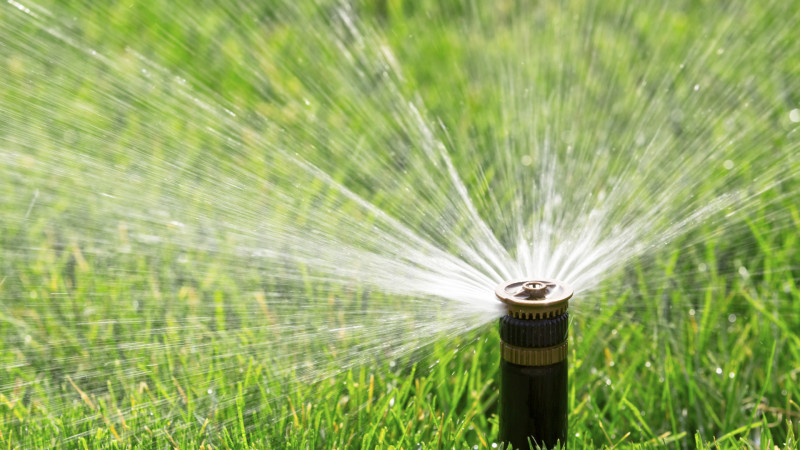Southern California struck back in the water (conservation) wars slightly in December, and significantly in January, according to new statistics on H2O savings released Tuesday by the state Water Resources Control Board.
State regulators started publishing the data on year-over-year residential water conservation last June. Since then, the San Francisco Bay Area has maintained a steady conservation trend, using less and less water each month compared with the same month the previous year.
SoCal stumbled, using more water in June 2014 than the previous year despite California's historic drought. And while the Bay Area's conservation trended upward throughout the second half of last year, SoCal slipped in August and September and plunged to just under 2 percent conservation (again, compared with the previous year) in October. That same month, the Bay Area saved more than 15 percent.
But then the sunny South rebounded, marginally in September and sharply in December, the same month the State Water Board hosted a water conservation workshop in Los Angeles -- a not-too-subtle prod. The state points out a very wet December likely contributed to water savings in all regions, but then again, who's to say SoCal didn't catch a bit of conservation envy from its selfless (or is it self-righteous?) northern neighbors?
If your Bay Area pride is bruised, take heart, because people in this region use less water, per person per day, than any other, even if we've been embarrassed by our smaller strides, and fall-backs, into using even less.
